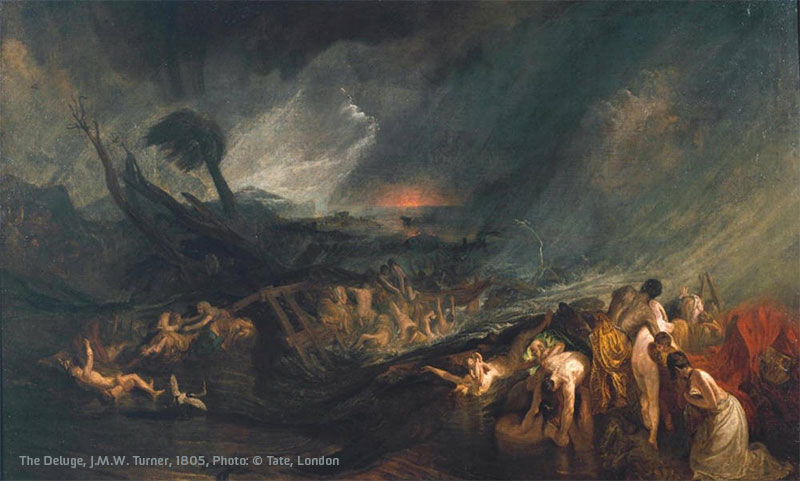UNSW Canberra to embody the Romantic era
The Romantic movement originating at the end of the 18th century was a revolution in the art and culture of modern life.
The Romantic movement originating at the end of the 18th century was a revolution in the art and culture of modern life.

The Romantic movement originating at the end of the 18th century was a revolution in the art and culture of modern life. Its themes will be explored in Embodying Romanticism, a conference hosted by UNSW Canberra in November.
It is the fifth biennial conference held by the Romantic Studies Association of Australasia (RSAA) and organiser Dr Neil Ramsey said the era remains significant in 2019.
“Romanticism broadly refers to the artistic movement that first appeared in the second half of the 18th century and endured through to the early or mid-19th century,” Dr Ramsey said.
“These were years of revolutionary upheaval that witnessed the American and French revolutions on the one hand, and the industrial revolution on the other.”
Dr Ramsey, who is a senior lecturer on the subject at UNSW Canberra, said Romantic studies is concerned with the ongoing significance of Romanticism and its perception of a crisis of enlightenment or scientific reason.
“Romanticism first emerged as a critique of the Enlightenment’s failure to adequately account for the importance of human feeling and imagination,” Dr Ramsey said.
“A definitive Romantic novel is Mary Shelley’s Frankenstein, published 200 years ago about Victor Frankenstein’s scientific creation of a living being who becomes a murderous monster.
“Widely regarded as the first example of science fiction, the novel reveals the power and potential threat of science and technology in our lives.”
Dr Ramsey said the RSAA is the main body for promoting the study of Romanticism within Australia.
“It has a broad focus, concerned with all forms of cultural production in what is seen as the Romantic century, or the period from 1750-1850,” Dr Ramsey said.
“It was at this time that Australia was first colonised, meaning that Romanticism had an elementary role to play in the establishment of modern Australia.”
Embodying Romanticism will bring together researchers in Romanticism from Australia and across the world.
Dr Ramsey said the conference will look beyond more traditional approaches to Romanticism to highlight the era’s broad-based interest in scientific and political matters.
“Romanticism has traditionally been seen as focused on the imagination,” Dr Ramsey said.
“Romantic poets often write about their dreams, visions, myths, or legends – Mary Shelley’s Frankenstein first came to her as a nightmare – but the conference invites scholars to reflect on how Romanticism was entangled with the profound changes in how the modern era understood bodies and bodily experience, from new theories of embodied human cognition to debates surrounding the slave trade and the rise of machines via the steam engine.
“This conference thus invites speculation on how art in the Romantic era was concerned with the era’s equally revolutionary scientific and political developments. Indeed, science and literature were still interchangeable words at this time, while the term ‘scientist’ was only coined in 1833 by William Whewell, who saw the term scientist as an analogy with artist.”
Embodying Romanticism will be held at UNSW Canberra from 21 to 23 November. Click here for more information or to register.